دانشکده پزشکی
دانشگاه علوم پزشکی قم
Qom is the seventh metropolis and also the seventh largest city in Iran. Qom is the capital of Qom Province. It is located 140 km (87 mi) to the south of Tehran. At the 2016 census, its population was 1,201,158. It is situated on the banks of the Qom River.
Qom is considered holy by Shiʿa Islam, as it is the site of the shrine of Fatimah bint Musa, sister of Imam Ali ibn Musa Reza (Persian Imam Reza, 789–816 CE). The city is the largest center for Shiʿa scholarship in the world, and is a significant destination of pilgrimage, with around twenty million pilgrims visiting the city every year, the majority being Iranians but also other Shi'a Muslims from all around the world. Qom is famous for a Persian brittle toffee known as sohan, considered a souvenir of the city and sold by 2,000 to 2,500 "Sohan" shops.
Qom has developed into a lively industrial centre owing in part to its proximity to Tehran. It is a regional centre for the distribution of petroleum and petroleum products, and a natural gas pipeline from Bandar Anzali and Tehran and a crude oil pipeline from Tehran run through Qom to the Abadan refinery on the Persian Gulf. Qom gained additional prosperity when oil was discovered in 1956 and a large refinery was built between Qom and Tehran.
As the second holiest city in Iran (after Mashhad), many architectural, cultural, and natural sites it has to offer. Read on to discover the best things to see and do in Qom.
Hazrat Fatima Masumeh Holy Shrine
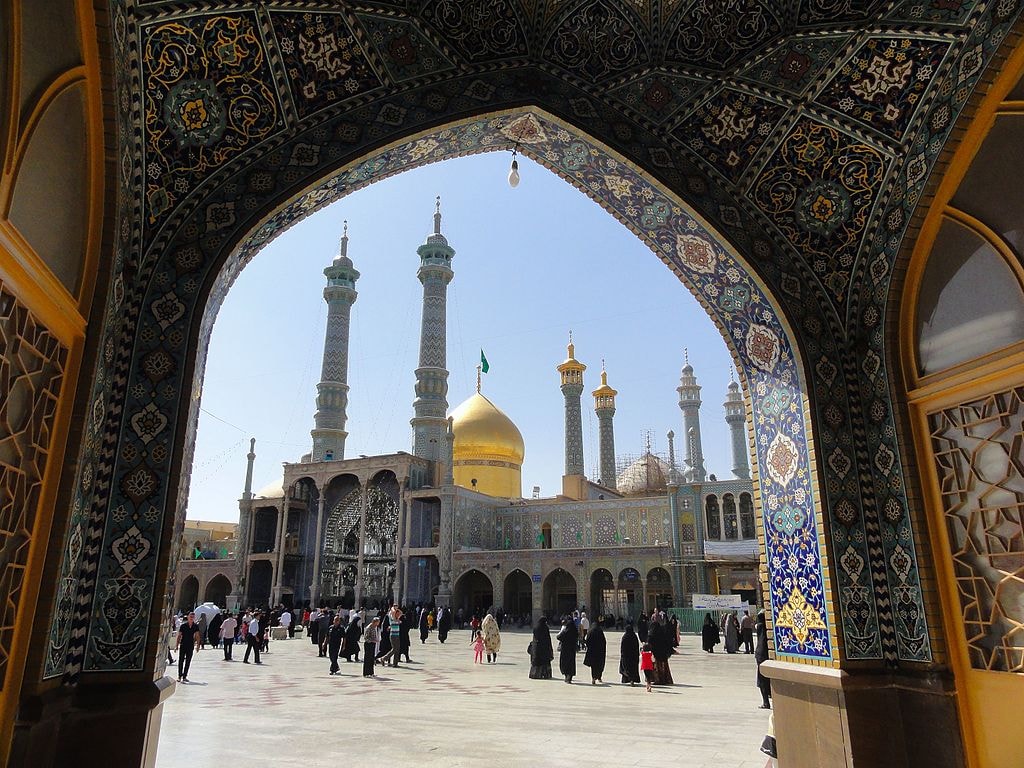
Jamkaran Mosque
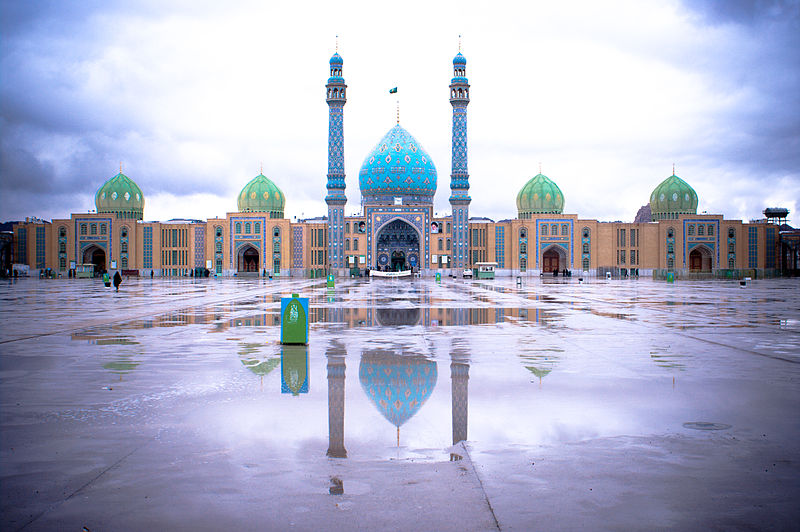
This mosque has religious significance as the site where a local leader reportedly met the 12th Shia Imam. Construction is believed to have started in the mid-1730s, and the mosque has expanded over the years. The brickwork iwans, multi-colored tiles, and Thuluth calligraphy become especially picturesque at night, when floodlights illuminate the complex and give it a spiritual radiance.
Qom Bazaar
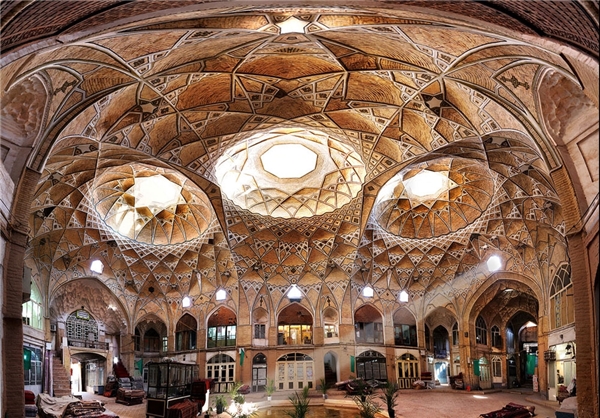
Namak Lake (Salt Lake)
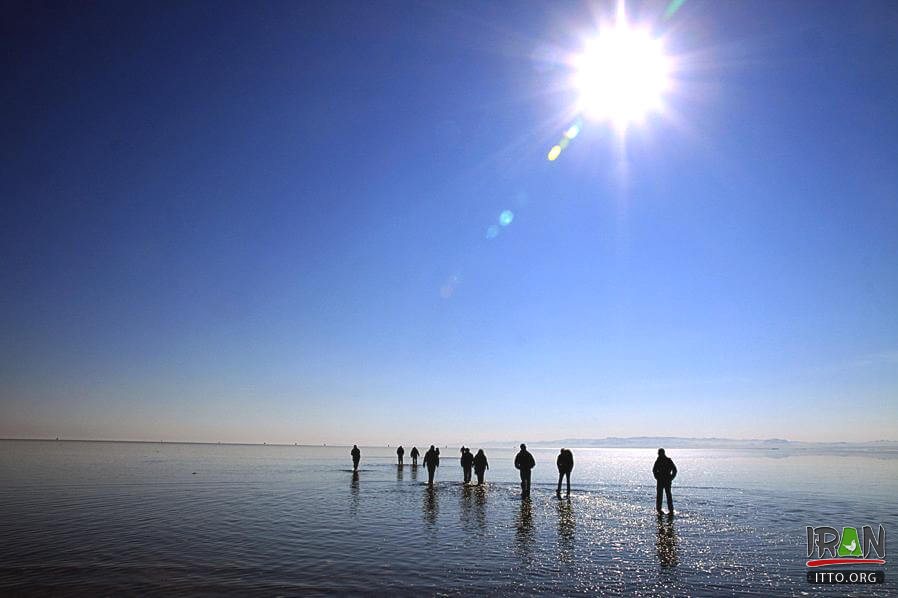
About 100 km east of Qom is the utterly desolate Namak (salt) Lake. A remnant of a sea from the Pleistocene epoch, only one square kilometer of the total 1800 square kilometer area is now covered in water. Visitors crunch layers of thick white salt as they walk across. This silent, other-worldly lake is visible from the Qom-Esfahan highway and should be a definite pit stop as you leave the city on your way towards Kashan or Esfahan.
Green Dome Garden
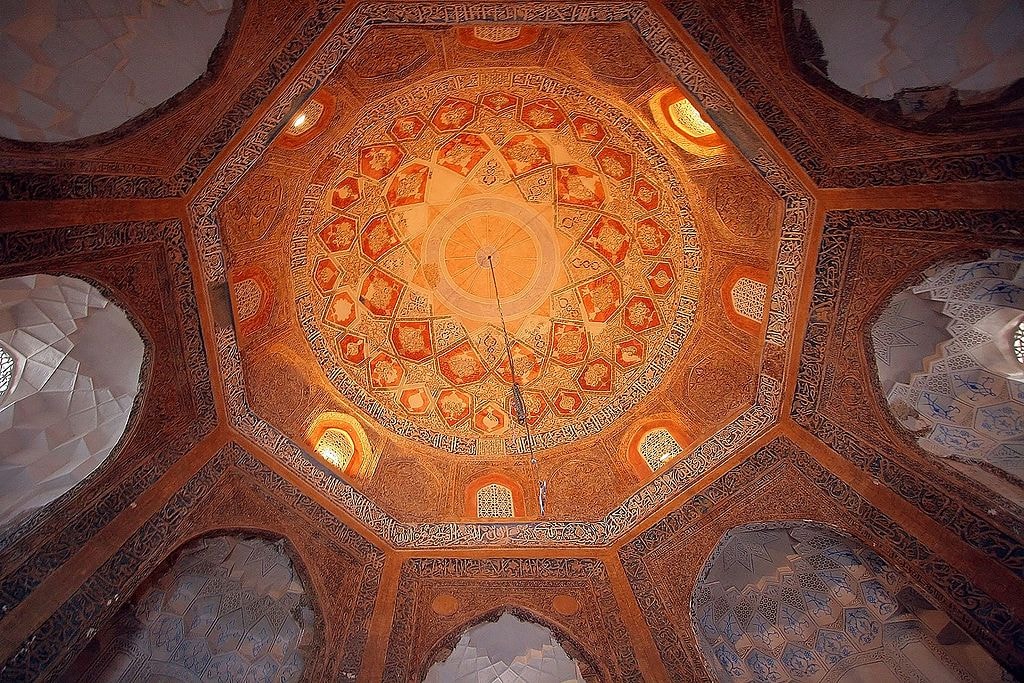
Nestled in this small garden are three 13th century tower-like mausoleums built for members of the House of Safi, who ruled Qom in the 14th century. The two turquoise-colored coned domes and one round dome are 12-sided on the exterior but octagonal inside. Intricate brickwork, as well as Thuluth and Kufic calligraphy, are just some of the similarities they bear to Soltaniyeh Dome in Zanjan, from which they’re believed to have been inspired.
Yazdanpanah Historical House
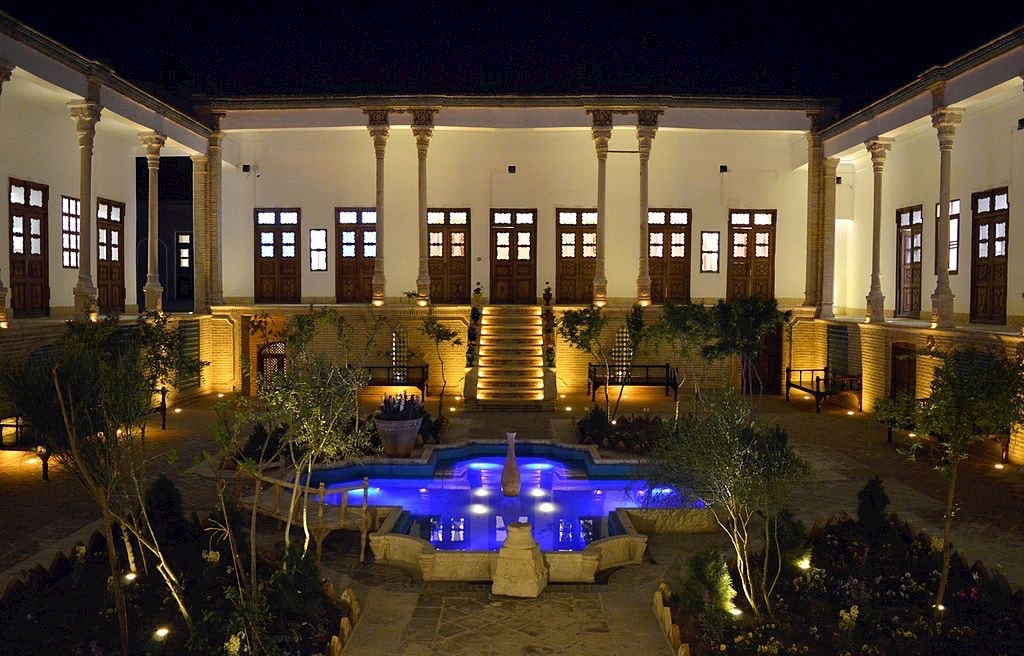
Yazdanpanah Historical House dates back to the late Qajar and early Pahlavi era. This 120-year-old mansion is divided into separate wings to account for the changing temperatures throughout the year. Elaborately designed columns, windows, and windtowers stand out against the simple mud brick building. It’s a spacious yet cozy place to enjoy a Persian meal, particularly the traditional dizi stew or kebabs, followed by tea prepared over a charcoal fire.







